11012 A SET OF TWELVE CARVED WALNUT DINING CHAIRS OF UNUSUAL UNDULATING FORM Mallorca. Mallorca. Late Eighteenth Century Or Early Nineteenth Century. Measurements: Height: 45 1/2″ (115.6 cm) Width: 23″ (58.4 cm) Depth: 18.5″ (47 cm).
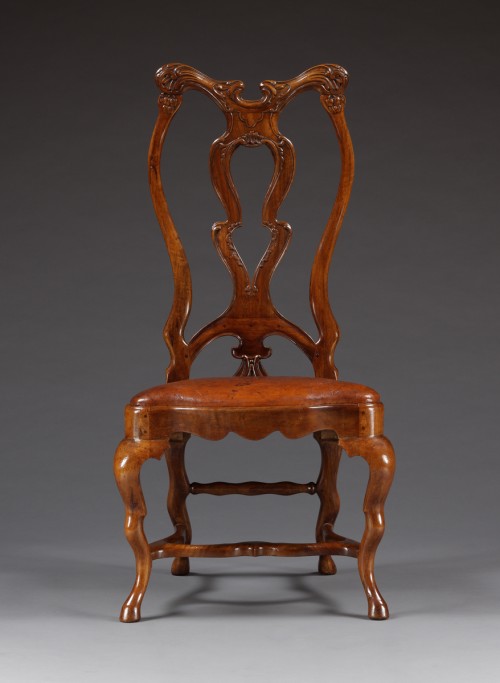
Research
Of solid walnut. Each chair with foliate carved top rail supported by a shaped and pierced central splat, flanked by profoundly curved uprights. The whole back resting on an arched section with central carved support. The lobed and serpentine seat rail with shaped apron has drop in stuffed leather seats, the tacking frames old but possibly not original. The front and rear legs of profoundly undulating cabriole form are united by a shaped stretcher. Repairs and restoration commensurate with age and use.
Provenance:
Private collection, Spain.
Bentley Angliss, Madrid, Spain.
The baroque style, which first appeared in Italy and France was manifested in Spain around the middle of the 17th century, “under the austere, severe atmosphere…of the Austrian dynasty.”1 Over the 150-year evolution of the Baroque style in Spain, developments in furniture were defined by regional schools, social class, and the current presiding monarch. Habsburg rule ended in 1700 and, with the inauguration Philip V (r. 1700-24) and the Bourbon Dynasty, furniture began to emulate French fashions. Later, Carlos III (r. 1759-88), who had come from Naples to Spain, brought in artists to direct royal manufactories and played an important role in the advancement of the industrial arts.
Three classes of furniture developed throughout the country; “first that of the court and higher nobility, which is either inspired by, or simply repeats, the models imported from France and Italy principally; then that of the bourgeoisie and the provincial nobility, which, though foreign in inspiration, undoubtedly reflects more faithfully the Spanish hand and character; and lastly the furniture of the people, which ingenuously repeats traditional times with variations affecting its exterior ornamental form…”2 Architecturally complex palaces and houses built by the nobility and the bourgeoisie required equally ornamented furnishings, and the present set of chairs no doubt served that function in an aristocratic dining or drawing room, where furniture was placed successively along the walls or grouped around fireplaces. Examples of this can be seen in the houses of the nobility in Majorca, where the original arrangements still survive.3
The present chairs are influenced by English prototypes, however they retain both distinctly original Spanish peculiarities, and a Mallorcan overtone. Their model, of profoundly curvaceous legs and backrests, with foliate carving, can be found on a suite of seat furniture with upholstered backs and red lacquer decoration, originally from the Palace of Dos Aguas in Valencia, and now in the Palace of Perelada in Gerona (figure 1). A more closely related group of chairs of this model, with identically carved backrests, was part of the collection of Palacio Quinta Patino in Estoril, Portugal, where they once stood in the dining room (figure 2). Mallorcan furniture production in the 18th century has a uniquely experimental edge. The dynamic fluidity of design of the present chairs is remarkable in being predictive of the Art Nouveau period of the early 20th century.
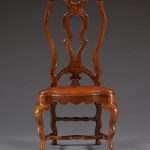

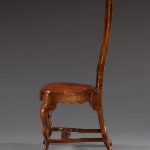
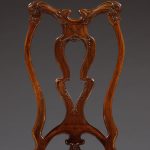
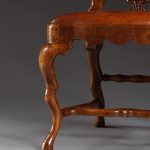
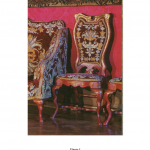
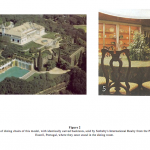
Comments are closed.